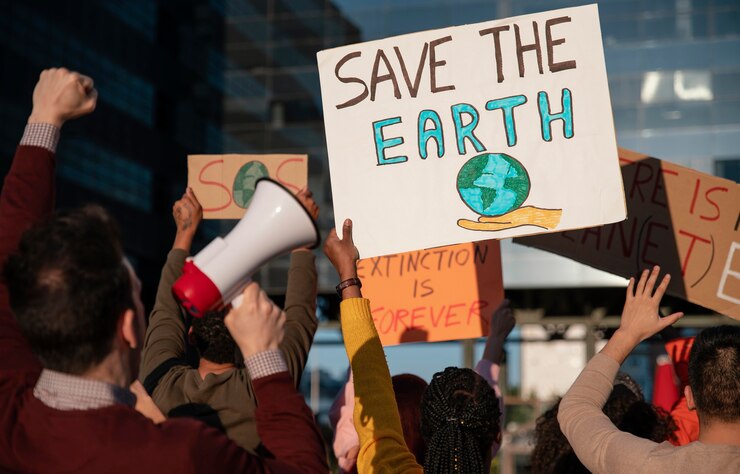The 2015 United Nations Climate Change Conference, or COP21, kicked off in Paris, France, with a palpable sense of urgency. World leaders, environmental experts, and representatives from nearly 200 nations descended upon the City of Lights, tasked with crafting a global agreement to combat the ever-looming threat of climate change.
While the opening ceremony resonated with impassioned pleas for action, like Prince Charles’ sobering reminder that humanity is the “architect of its own destruction” if it fails to act, underlying tensions hinted at the arduous negotiations that lay ahead.
Challenges on the Horizon
Several key hurdles threatened to derail the summit’s progress:
- Differing National Priorities: Developed nations, like the United States and members of the European Union, pushed for ambitious emissions reduction targets. However, developing economies, heavily reliant on fossil fuels for energy and growth, expressed concerns about the economic burden of transitioning to cleaner alternatives. Finding a balance between environmental responsibility and economic feasibility remained a critical sticking point.
- Financial Disagreements: A central element of the proposed agreement involved wealthier nations providing financial assistance to developing countries to invest in renewable energy infrastructure and mitigate the impact of climate change. The quantum of this aid and the mechanisms for its disbursement were major points of contention. Developing nations felt the proposed amounts were insufficient, while developed nations argued for stricter accountability measures to ensure the funds were used effectively.
- Transparency Concerns: Developed nations insisted on a robust monitoring system to ensure all participating countries adhered to their emission reduction commitments. However, some developing countries viewed this as an infringement on their sovereignty and a roadblock to their economic development. Striking a balance between accountability and national autonomy proved to be a delicate negotiation.
Beyond the Impasse: Building Bridges
Despite the challenges, a spirit of collaboration remained. Recognizing the gravity of the situation, several initiatives offered a glimmer of hope:
- Focus on Innovation: A significant focus was placed on technological advancements as a key driver of change. Investments in clean energy solutions, energy efficiency upgrades, and sustainable practices were seen as crucial for achieving emissions reductions without hindering economic growth.
- Adaptation Strategies: Acknowledging the inevitable impacts of climate change that were already being felt worldwide, discussions included strategies to help vulnerable communities adapt to rising sea levels, extreme weather events, and disruptions to agricultural production.
- Building Coalitions: Informal alliances between countries with similar interests emerged, fostering a sense of collective purpose. Island nations, particularly vulnerable to rising sea levels, banded together to amplify their voices. Likewise, countries with robust renewable energy sectors collaborated to promote clean energy adoption.
The Road to Paris
The lead-up to COP21 had witnessed a surge in climate activism. Public pressure mounted on governments to take decisive action. Mass demonstrations across the globe highlighted the growing public concern about climate change. This public pressure served as a powerful impetus for progress at the summit.
A Fragile Hope for the Future
After two weeks of intense negotiations, a historic agreement emerged from COP21, known as the Paris Agreement. While not a silver bullet, it marked a significant step forward. The agreement set a long-term goal of limiting global warming to well below 2 degrees Celsius, ideally 1.5 degrees Celsius, compared to pre-industrial levels. Additionally, it included provisions for regular reviews of national emission reduction targets and a commitment to provide financial assistance to developing countries.
The Paris Agreement was a testament to the power of international cooperation in addressing a global challenge. However, the hard work had just begun. The agreement itself was not legally binding, and its success hinged on the willingness of individual nations to translate its goals into concrete national policies and actions.
COP21: A Stepping Stone, Not a Destination
Seven years on from the Paris Agreement, the fight against climate change continues. The world remains on an unsustainable trajectory, with global greenhouse gas emissions still on the rise. While significant strides have been made in developing renewable energy sources and increasing energy efficiency, the pace of change needs to accelerate significantly to meet the ambitious goals set forth in Paris.
The lessons learned at COP21 – the need for international collaboration, innovation, and adaptation strategies – remain relevant today. COP21 served as a crucial stepping stone in the fight against climate change. The future, however, hinges on our collective ability to translate ambition into action and ensure a sustainable future for generations to come.

